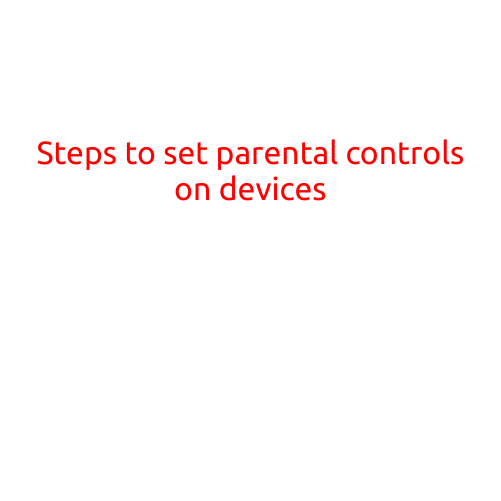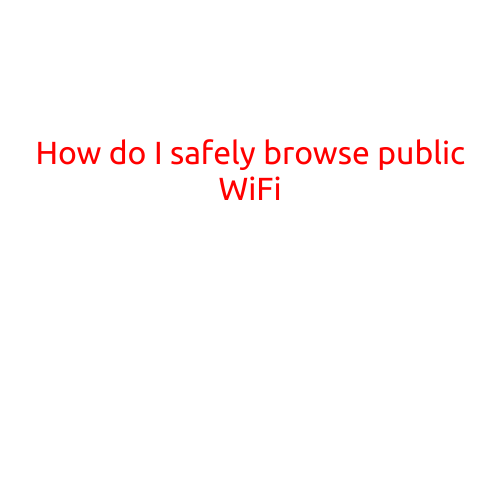
Steps to Set Parental Controls on Devices
As a parent, ensuring the safety and security of your child’s online activities is of utmost importance. With the increasing usage of smartphones, tablets, and laptops, it’s crucial to implement parental controls to monitor and limit your child’s exposure to inappropriate content, prevent online bullying, and teach responsible digital citizenship. In this article, we’ll guide you through the steps to set parental controls on various devices.
Why Parental Controls are Important
Parental controls can help you:
- Block access to harmful websites and apps
- Set limits on screen time and device usage
- Monitor your child’s online activities and protect them from cyberbullying
- Set restrictions on online purchases and in-app purchases
- Teach your child responsible digital habits
Setting Parental Controls on Android Devices
To set parental controls on an Android device:
- Go to your device’s Settings app
- Scroll down and select “Parents”
- Tap on “Google Family Link” to set up a family account
- Set up a family manager account and add your child’s email address
- Set up a device-level password to restrict access to certain features
- Use Google’s “Digital Wellbeing” app to set daily time limits, app limits, and scheduled downtime
- Configure website filtering to block access to inappropriate content
- Set up a “Bedtime mode” to limit screen time during sleep hours
Setting Parental Controls on iOS Devices
To set parental controls on an iOS device:
- Go to your device’s Settings app
- Tap on “Screen Time”
- Tap on “Content & Privacy Restrictions” to set up restrictions on apps, music, and movies
- Enable “Content Restrictions” to block access to explicit content
- Set up a password to restrict changes to these settings
- Use the “Downtime” feature to limit screen time during set hours
- Set up the “App Limit” feature to restrict app usage
- Configure website filtering to block access to inappropriate content
Setting Parental Controls on Desktop Computers
To set parental controls on a desktop computer:
- Install software like KasperskySafeKids or Qustodio on your child’s computer
- Set up a family account and add your child’s account
- Configure website filtering to block access to inappropriate content
- Set up scheduled downtime to limit screen time during set hours
- Use the software’s “Monitor” feature to track your child’s online activities
- Enable “Alerts” to notify you of any suspicious activity
- Set up a “Bedtime mode” to restrict access to the computer during sleep hours
Tips and Tricks
- Set clear technology rules and expectations with your child
- Regularly check and review your child’s online activities
- Educate your child about online safety and cyberbullying
- Encourage responsible digital habits and monitor progress
- Consider implementing a family plan with multiple devices to simplify parental control management
By following these steps and setting parental controls on your child’s devices, you can ensure their online safety and security, and help them develop responsible digital habits. Remember to regularly review and adjust your parental controls to ensure they’re effective and up-to-date.





